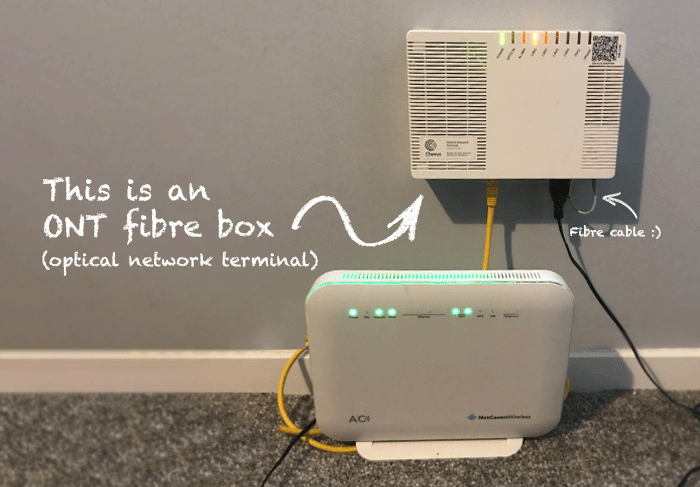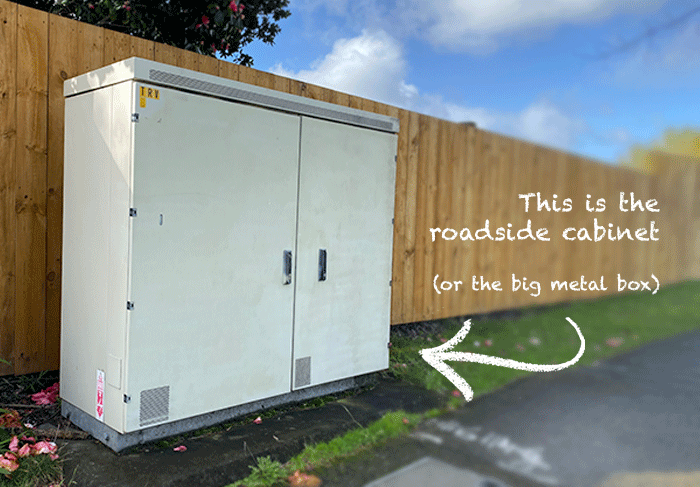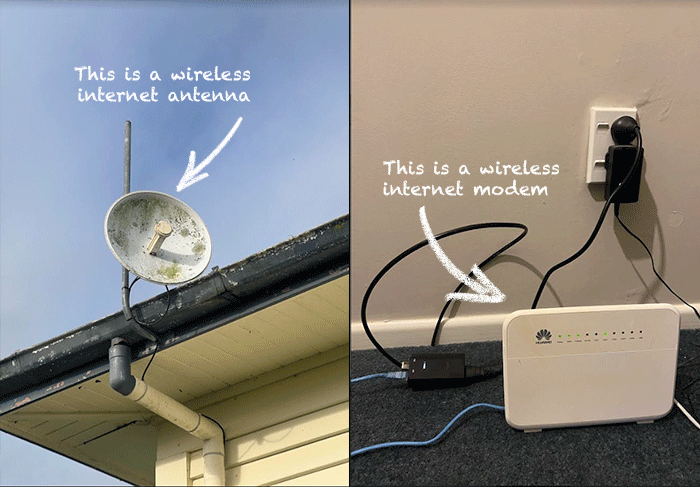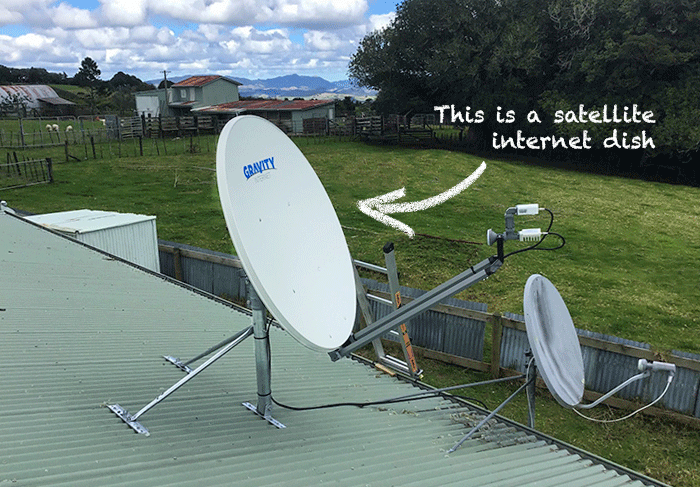
Fibre Internet
Fibre is the newest and the fastest type of Internet, Fibre Internet is also known as: Fibre Broadband, Ultra Fast Broadband (UFB) and Fibre to the Home (FTTH). It comes through fibre optic cables which go under the ground and into your property. It is now available to 67% of New Zealanders, with a target of 87% by the end of 2022. Fibre is still being installed around New Zealand but is often reserved for areas with higher density of population like cities and towns, which is why only some rural areas will get access to this type of Internet.
Fibre is designed for large capacity Internet use and can handle many simultaneous connections, which means you could have up to 25 people using the Internet all at once. Fibre Internet allows for HD and 4K video streaming (including Netflix), online gaming, video calling and the capability to send and receive large files.



